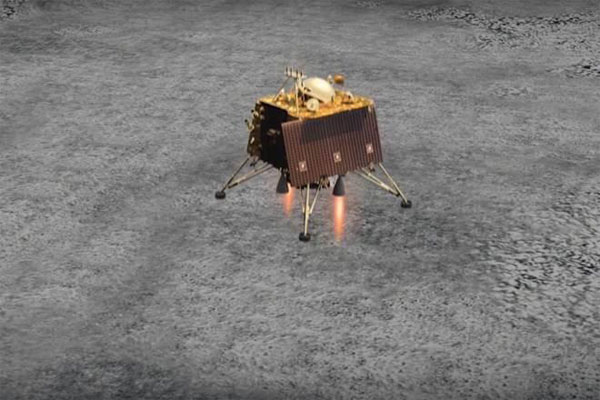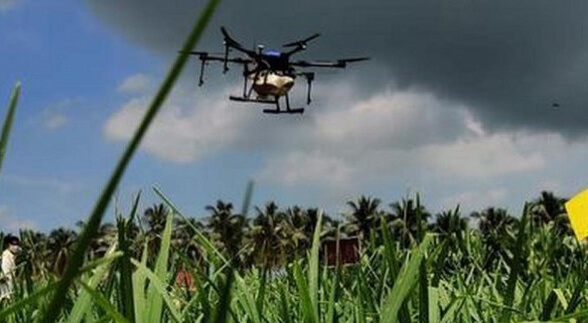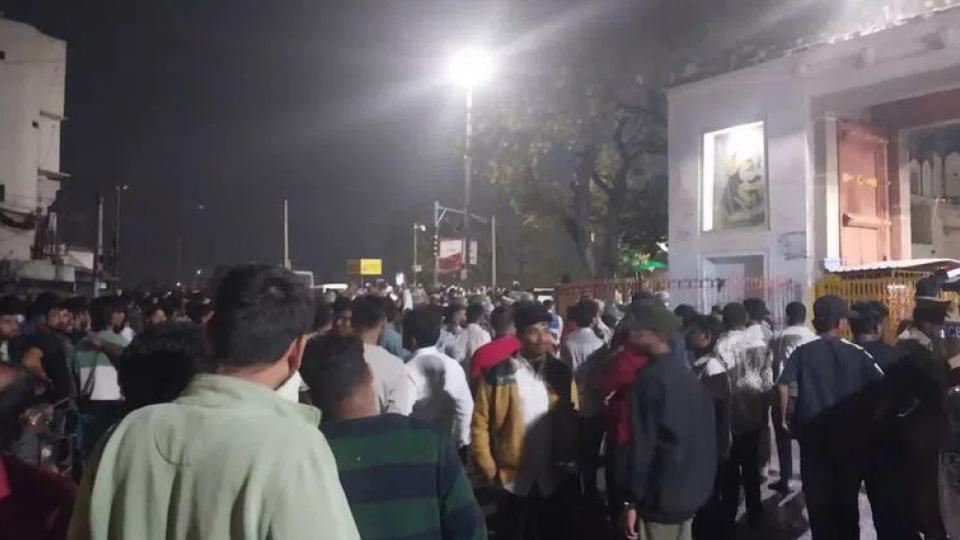ISRO maintains up bid to hyperlink with moon lander Vikram.
Tue 10 Sep 2019, 12:52:00

For the fourth day on Tuesday, the Indian Space Research Organisation (ISRO) persevered its efforts to reconnect with the lunar lander Vikram.
The 1.4-tonne lander has been mendacity silent at the moon’s surface for the reason that early hours of Saturday, the ISRO showed on Tuesday in a short replace.
Suspense maintains on its popularity amidst many reports and speculations about its fate.
Is it physical intact and can it nevertheless be revived? Has it fallen in a tilted role which would possibly make a salvage tough? Are its antennas pointed in a beneficial manner towards the Chandrayaan-2 orbiter this is typically moving above moon? The ISRO resources said they were struggling for these very solutions.
“All we will say is that all efforts are taking place,” an reliable stated on Tuesday. “You should remember the fact that this is a totally difficult time for us to be announcing anything with conviction,” he stated.
After a 3-day silence, the ISRO’s web updates page came alive. But it simply stated, “Vikram lander has been placed by the orbiter of Chandrayaan-2, however no communication with it yet. All feasible efforts are being made to establish verbal exchange with the lander.”
The Chandrayaan-2 orbiter on which Vikram rode as much as its lunar orbit continues to do its job, going across the moon at a distance of a hundred km. For visible aids or eyes, it has (amongst its eight payloads) the 30-cm Orbiter High Resolution Camera or OHRC; and an infra-pink spectrometer; and the Terrain Mapping Camera-2.
While the source of the pix isn't told to us,
Dr. Sivan had these days said the OHRC had the great resolution thus far of any lunar assignment.
Dr. Sivan had these days said the OHRC had the great resolution thus far of any lunar assignment.
The ISRO designed the three spacecraft — orbiter, lander and rover — in this kind of manner that the orbiter can “communicate” with earth and the lander can speak with all three, i.E. Earth, the orbiter and the rover Pragyan, at the same time as the rover can speak best with the lander.
Vikram misplaced its earth hyperlink when it turned into 2.1 km and approximately three mins from what might had been a ancient first ever landing near the lunar south pole.
The lander and the rover are not predicted to have signals after 14 earth days from September 7. The lunar night time will start and the spacecraft could have run out of solar electricity.
Deep area antennas
The ISRO is thought to be attempting to call Vikram thru the orbiter hyperlink however this will no longer be formally ascertained.
At such excellent planetary distances (of a few four lakh km in this situation,) space groups use their deep area antennas to offer and take alerts from their spacecraft.
The ISRO has installation a 18-metre and 32-metre-diametre Indian Deep Space Network at Byalalu close to here. The IDSN has been used for Chandrayaan-1 (2008-09) and the still working Mars Orbiter Missions (2013).
The ISRO, but, must also faucet NASA’s array of sensitive large radio antennas set up globally to be constantly in contact with interplanetary missions. They are the DSNs operated with the aid of the Jet Propulsion Laboratories in California, Mexico and Canberra.
No Comments For This Post, Be first to write a Comment.
Most viewed from National
Most viewed from World
AIMIM News
Latest Urdu News
Most Viewed
May 26, 2020
Can Lionel Messi's visit boost Indian football?
Latest Videos View All
Like Us
Home
About Us
Advertise With Us
All Polls
Epaper Archives
Privacy Policy
Contact Us
Download Etemaad App
© 2026 Etemaad Daily News, All Rights Reserved.





































.jpg)
.jpg)
.jpg)


